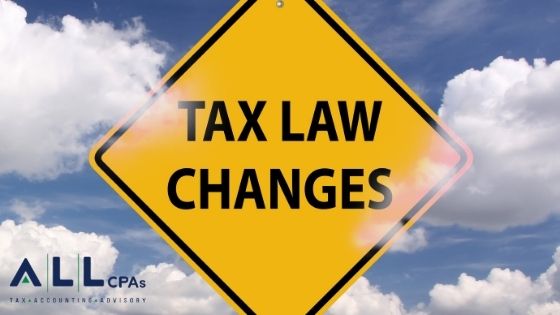
The SBA released new Paycheck Protection Program (PPP) rules that allow self-employed individuals who file Form 1040, Schedule C, Profit or Loss From Business, to calculate their maximum loan amount using gross income instead of net profit. This change will be favorable for many sole proprietors, self-employed, and gig workers applying for PPP Loans.
What’s New
The new calculation is important because it will lead to larger forgivable loans through the program for sole proprietors, self-employed, and gig workers.
Before, the SBA calculation used net profit as a stand-in for payroll costs for businesses without employees, even though payroll and profit are different measures. Also, the net income line on IRS Form 1040 Schedule C includes deductions, which reduced or eliminated the amount for some, leading to small loans or making them ineligible for the program at all. Using gross income, generally, a larger number fixes these issues.
If a Schedule C filer has employees, the borrower may elect to calculate the owner compensation share of its payroll costs based on either net profit or gross income minus expenses reported on lines 14 (employee benefit programs), 19 (pension and profit-sharing plans), and 26 (wages (less employment credits)) of Schedule C. If a Schedule C filer has no employees, the borrower may simply choose to calculate its loan amount based on either net profit or gross income.
The IFR provides different sets of maximum loan calculation instructions for Schedule C filers with no employees (see pages 10–11 of the PDF) and with employees (see pages 11–13).
The SBA also released two new application forms for sole proprietors with the new calculation: Form 2483-C, for those applying for a first draw PPP loan, and Form 2483-SD-C, for those applying for a second draw loan.
The new PPP application for self-employed workers and sole proprietors who file IRS Form 1040 Schedule C now asks for the total amount of gross income, found on line 7 of the tax form. Previously, Schedule C filers applying for PPP loans were asked to give the SBA their net profit, from line 31 on the form.
Please Note: The new calculation, however, does not increase the maximum loan amount for the smallest businesses — the most they can receive is still $20,833, according to the SBA. In addition, the change is not retroactive. The SBA and Treasury have ruled that borrowers whose PPP loans already have been approved cannot increase their loan amount based on the new methodology.
To mitigate the risk of fraud, the SBA will review a sample of first-draw PPP loans made to Schedule C filers using the gross income calculation if the gross income on the Schedule C used to calculate the borrower’s loan amount exceeds the $150,000 threshold. The review will assess whether these borrowers complied with the PPP eligibility criteria, including the good faith loan necessity certification.
When will this take effect?
The SBA estimates that it will be able to accept the new applications in its systems on Friday, March 5th. The 2-week priority application window for the smallest firms closes on March 9, only a few days after the SBA will be able to process applications under the new rule. However, Sole proprietors will be able to apply for funding even after the priority window closes.
We will continue to update you on this situation as changes arise. If you have any questions about this or any other PPP issue, please contact your ALL tax advisor or call us at 617-738-5200.
Sources: AICPA, JOA, SBA
Recent Articles
Rising Construction Costs from COVID-19 Lead to New Bidding Approaches
Like other essential industries, t [...]
Nexus Requires Compliance and Begins by Filing Tax Returns
“Nexus” may sound like the name of [...]
The Impact You May See from the Build Back Better Act’s Tax Changes
The Build Back Better Act came und [...]




